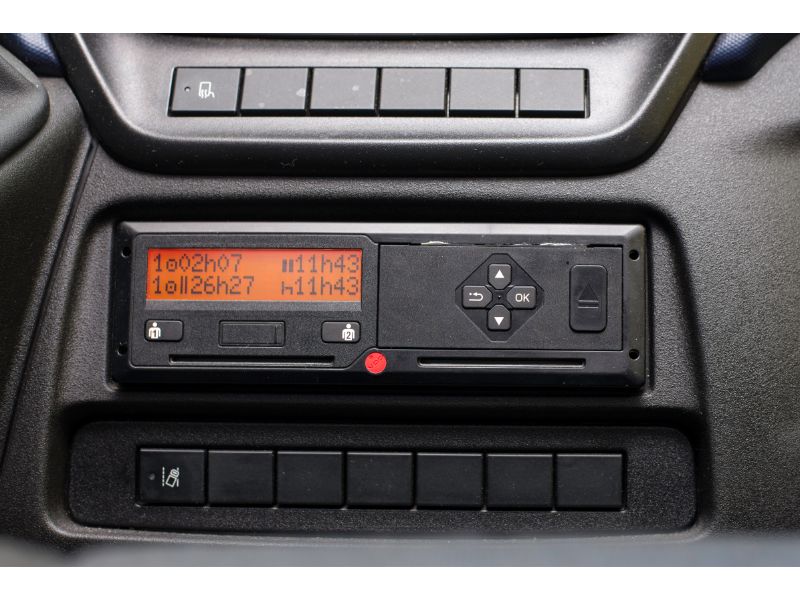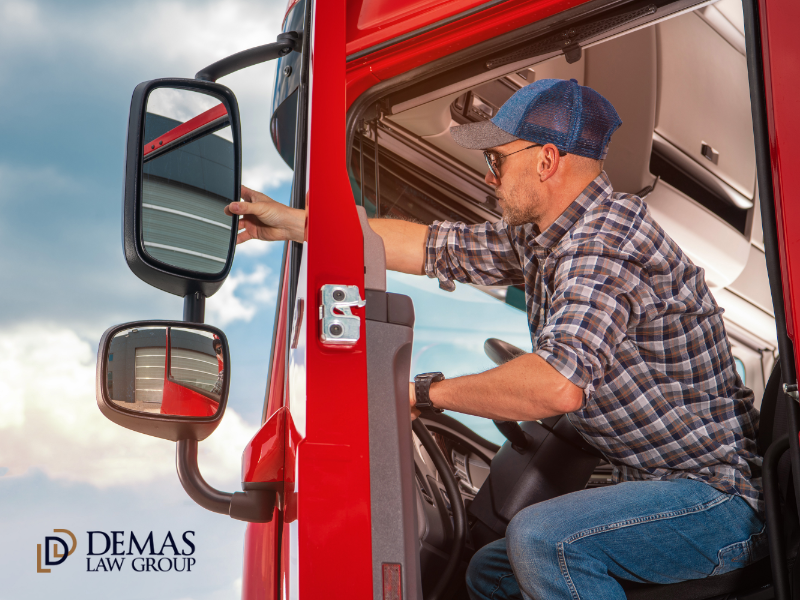Many of today’s commercial trucks are equipped with an event data recorder (EDR), known informally as a truck “black box.” This device monitors the truck during operation and stores information about accidents when they happen. This electronic information can be crucial when identifying the cause of a truck crash. Personal injury attorneys can also use EDR data to determine who should be liable in a truck accident case. In most commercial motor vehicles, the black box is contained in the airbag or powertrain control module.
What is the Event Data Recorder (EDR) in Trucks?
Event data recorders were first developed in the mid-1990s but became a standard feature in commercial trucks in the early 2000s. These devices are similar to the black boxes in airplanes, and they can help investigators, truck accident attorneys, and other parties determine what went wrong and who is at fault after a commercial truck crash.
What Info Does the Truck’s Black Box Collect?
The truck’s event data recorder stores a considerable amount of information. It can provide investigators with data from before, during, and after a crash. A truck data recorder may monitor driver safety and capture the following types of information:
- Vehicle speed
- Seat belt usage
- Steering input
- Acceleration and brake status
- Force of impact
- Vehicle roll angle
- Size of occupants
- Airbag deployment time
All black boxes are not the same. Different makes and models of cars and trucks have various types of EDRs. This means they may not collect all the same kinds of data.
How Does Black Box Information Impact Truck Accident Cases?
Truck accident evidence is often extracted from the black box. In some jurisdictions, the black box belongs to the truck’s owner, who must permit another party to access it. The information the black box records can help reconstruct an accident and determine who was at fault. It can also corroborate certain injury claims, like a whiplash case, by showing fast acceleration and deceleration forces occurred. In some cases, black box data can also help to prove manufacturer negligence.
The commercial truck’s black box data can also be beneficial in cases where truck accident victims don’t recall the crash.
EDR Data and Truck Accident Liability
In trucking accident cases, the data collected by the black box may be used in court to determine the cause of the crash. By reviewing the data, a truck accident lawyer can identify whether negligence caused the collision.
For example, the EDR may provide information about whether the truck driver was speeding, failed to apply their brakes in time, or exceeded their hours-of-service limits. Or it could show a critical equipment failure that may send your lawyer in an entirely different direction to examine the truck company’s maintenance records or whether any auto parts were defective.
If your attorney can prove another party should be held liable for your truck accident injuries, you may seek compensation for your losses. Potentially liable parties include the truck driver, trucking company, parts manufacturers, mechanics, repair shops, and cargo loaders.
How Can a Truck Accident Lawyer Use EDR Data to Support My Case?
Your attorney may use EDR data to illuminate and clarify physical evidence collected at the accident scene. This could help your attorney demonstrate how the truck driver’s actions caused and contributed to the severity of your injuries. Having EDR data to support the physical evidence can help bolster your claim and improve your chances of recovering compensation.
Contact a Truck Accident Attorney in Sacramento Today
If you suffered injuries in a tractor-trailer accident in California, you may have questions about what steps to take next. Reach out to the Sacramento truck accident attorneys at Demas Law Group today. Our law firm has 25 years of experience successfully representing accident victims. Contact us now for a free consultation.










